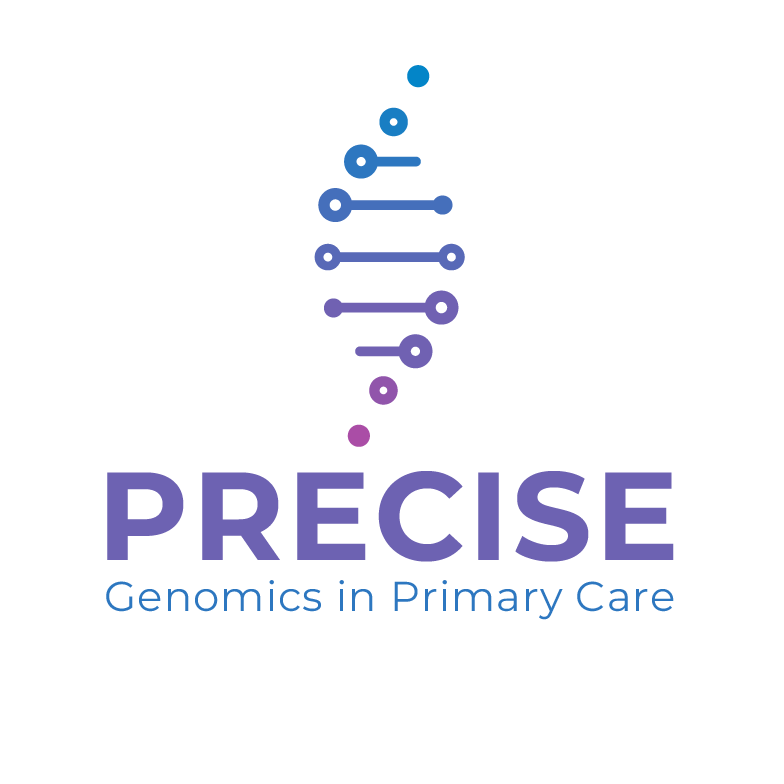Closing the gender gap in CPR - What is your responsibility as a healthcare professional?
An International Women's Day special edition of The CheckUp Podcast
Closing the gender gap in CPR provision requires a multifaceted approach encompassing education, awareness, and skill-building. By addressing barriers, challenging biases, and equipping individuals with the knowledge and confidence to perform CPR on women, we can improve outcomes for cardiac arrest victims and empower communities to respond effectively to emergencies.
In this episode celebrating International Women's Day 2024, Grace Larson and Dr Liz Paratz discuss inequality in the delivery of life-saving resuscitation to women, and how we can close the CPR gender gap. Click above to listen.
The Gender Disparity in CPR Provision
Women are 27% less likely than men to receive CPR from bystanders in public places when experiencing cardiac arrest, according to a study published in the New England Journal of Medicine [1]. This discrepancy persists even when considering cases witnessed by bystanders, indicating a concerning gap in basic life-saving interventions.
Unfortunately this disparity extends beyond lay people with research conducted among healthcare professionals, including paramedics in New South Wales (NSW). A study by the University of Sydney found that female patients were less likely to receive CPR from paramedics compared to their male counterparts, with only 39% of women receiving CPR compared to 47% of men [2]. This discrepancy underscores the need for targeted interventions to address biases and improve the provision of CPR to women in both community and healthcare settings.
Barriers to CPR Provision for Women
Several factors contribute to the reluctance or hesitance in administering CPR to women. One significant barrier is the fear of causing harm, particularly due to concerns about injuring the female chest or breasts. Misconceptions about the presentation of cardiac events in women may also lead bystanders to overlook symptoms or delay action. Additionally, societal norms and gender biases may play a role, with some individuals hesitating to provide CPR to women due to discomfort or fear of being accused of assault.
Strategies for Improvement
To bridge the gender gap in CPR provision, targeted strategies and educational initiatives are essential. One approach involves raising awareness about the importance of prompt CPR and dispelling myths surrounding the female anatomy. Training programs should emphasise that CPR is equally effective and necessary for both men and women, regardless of anatomical differences.
Despite ‘Resus Annie’ being modelled on an unknown female who died in the River Seine in the 1880s, she is remarkably un-female. Incorporating diverse representations in CPR training materials, including female manikins, Bras attached to mannikins with padding/breasts and scenarios involving women, can enhance competency and confidence in administering CPR to women. Providing guidance on techniques such as hands-only CPR and the appropriate placement of hands on the sternum can help alleviate concerns about causing harm.
Performing CPR on Women
Contrary to popular belief, removing a woman's bra is not necessary to perform effective CPR. While exposing the chest to facilitate correct hand placement is important, the presence of a bra may not impede this. Removing bras may be difficult without access to shears/scissors and may result in delay in the commencement of compressions. If the bra is not restrictive and is not impeding the ability for correct hand placement there is no reason to waste time trying to remove it.
Can an AED be used safely?
A meta-analysis of AED use in community settings identified that females are 24% less likely to have an AED used on them in an out of hospital cardiac arrest [3]. With concern about exposing the female patient, concerns about breasts interfering with CPR and most significantly concerns about being accused of sexual assault as the reported reasons for not using an AED or commencing CPR.
Optimisation of safe defibrillation emphases correct placement of defibrillator pads including smooth adherence to the patient’s bare chest. Ensuring the pads do not come in contact with jewellery, medication patches and metal reduces the risk of burns to the patient’s skin and improves defibrillator safety with the energy passing through the patient from pad to pad. There is no specific data on whether the wire in an underwire bra will interfere with successful defibrillation. It is important that the pads are placed on to bare skin and underneath (not over) breast tissues.
What can you do?
Closing the gender gap in CPR provision requires a multifaceted approach encompassing education, awareness, and skill-building. By addressing barriers, challenging biases, and equipping individuals with the knowledge and confidence to perform CPR on women, we can improve outcomes for cardiac arrest victims and empower communities to respond effectively to emergencies.
As trained clinicians we can all play a part by doing any or all of the following:
-
Educate your friends, patients and community groups that performing CPR and using an AED on females poses no additional risks or concerns than on males
-
Encourage or use female BLS manikins during BLS and ALS training to demonstrate/practice performing CPR with Bra’s on and off
-
Keep a pair of scissors handy in your emergency equipment so facilitate quick removal of clothing including bras in a clinical emergency
Related courses
Advanced Life Support (Face to Face) Course
Advanced Life Support (Blended online and Face to Face) Course
References
-
Blewer AL, McGovern SK, Schmicker RH, et al. (2018) Gender Disparities Among Adult Recipients of Bystander Cardiopulmonary Resuscitation in Out-of-Hospital Cardiac Arrest. J Am Heart Assoc. (21):e008740.
-
Smith K, Andrew E, Lijovic M, Nehme Z, Bernard S. (2016) Quality of Bystander Cardiopulmonary Resuscitation Influences 1-Year Survival and Neurological Outcome After Out-of-Hospital Cardiac Arrest in a Large Registry in Australia. Circulation. 134:430–438.
-
Zahra S., Choudhury R., Naqvi R., Boulton A. et. al. (2024) Health inequalities in cardiopulmonary resuscitation and use of automated electrical defibrillators in out-of-hospital cardiac arrest. Current problems in Cardiology 49 https://doi.org/10.1016/j.cpcardiol.2024.102484

Grace Larson, RN, BN, CertIV(TAE), GradDipClinNurs(PaedCritCare), MAdNursPrac(PaedCritCare), has extensive experience in paediatric nursing, with 13 years in Paediatric Intensive Care Units (PICU). She’s published journal articles in the specialty area of pain and sedation in PICU, and has presented at national and international conferences on the area of pain and sedation in paediatrics. Grace has previously worked with the ACCCN delivering Paediatric Advanced Life Support in Victoria, bringing a wealth of experience into her clinical teaching on paediatric resuscitation. She has also consulted with NSW Health on quality and safety delivering within PICU, and has been contracted with the ANMF to develop nursing programs for nurses who require additional education as part of their practice requirements.
Become a member and get unlimited access to 100s of hours of premium education.
Learn moreExplore the PRECISE project and how genomics is shaping general practice, with insights on reproductive screening, general genetic testing, and practical tools to support GPs in everyday care.
While the “gold standard” is clear, real-world pressures can put surgical safety to the test. A packed surgical list, a late patient arrival, and a surgeon asking to “hurry up” can all create the temptation to cut corners. Time pressure is one of the biggest threats to safety culture.
The Huddle is your space to pause, reflect and grow as a nurse. Whether you’re on your commute, in the tea room, or walking the dog, each episode is designed to bring you practical insights, clinical reasoning tips, and stories from the frontline of nursing.

